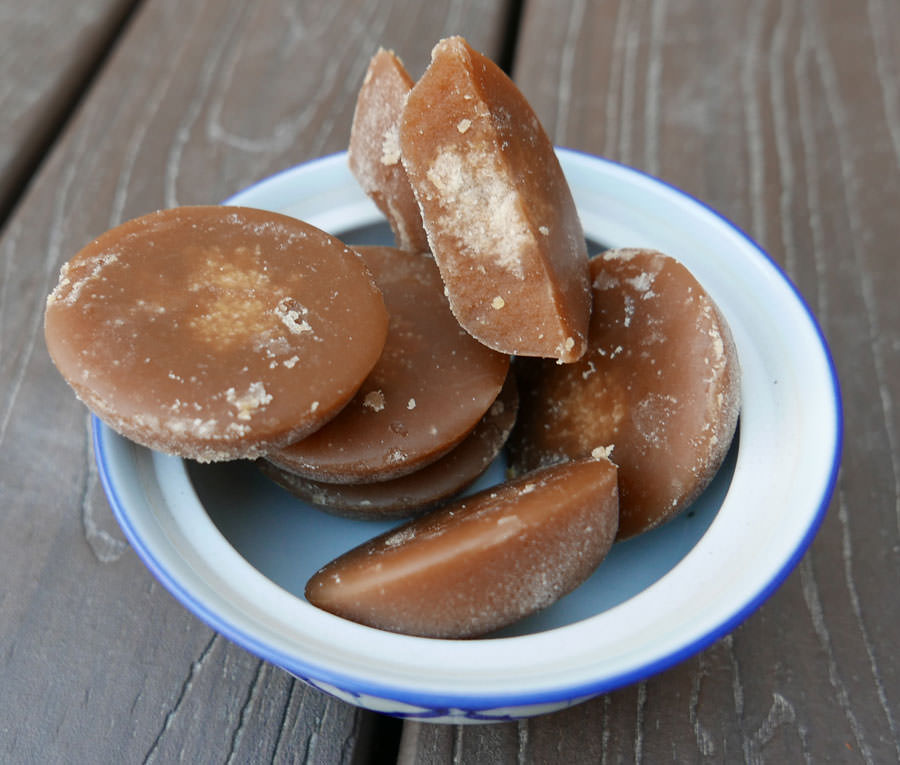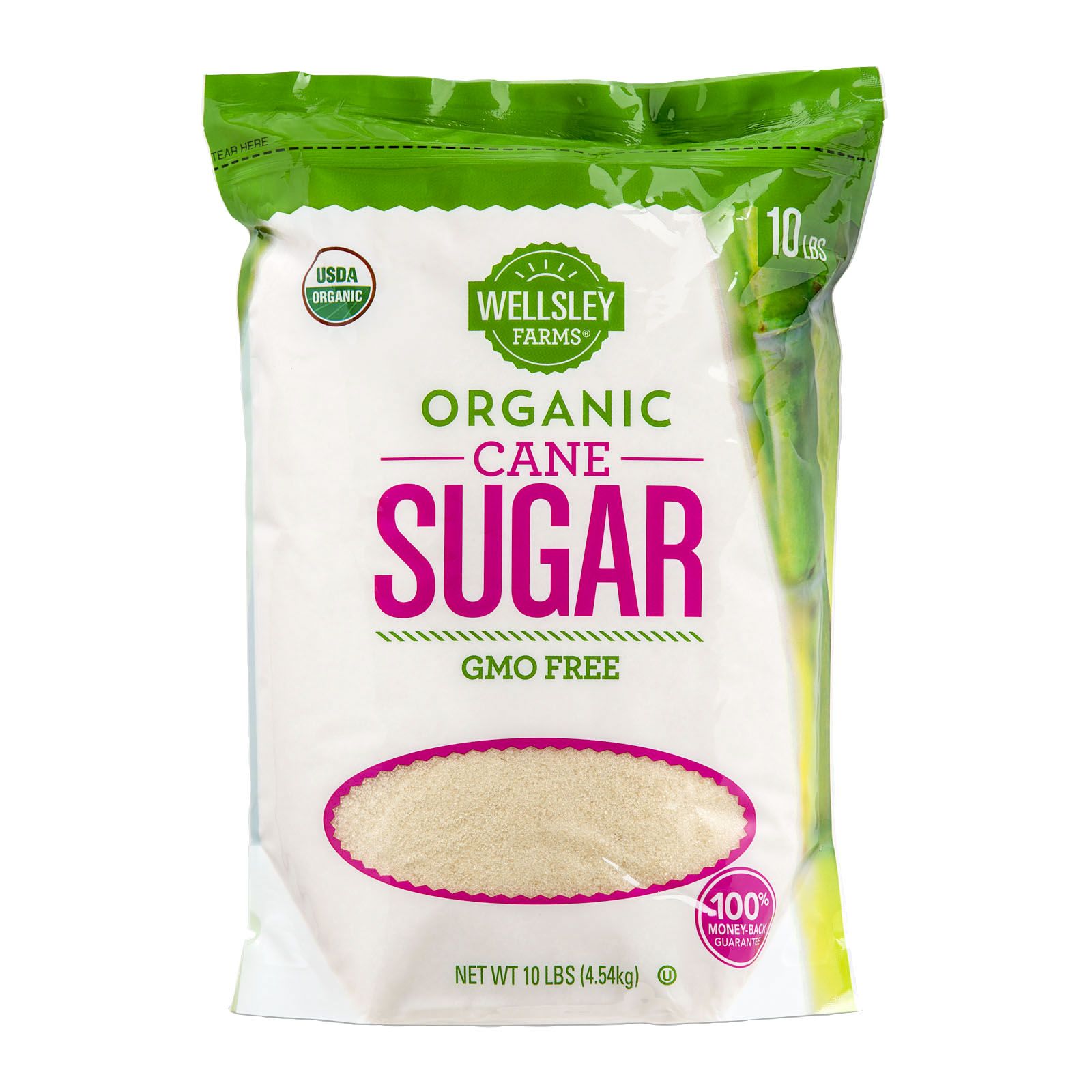The Journey of Cane Sugar Processing: From Harvest to Crystals
The Journey of Cane Sugar Processing: From Harvest to Crystals
Blog Article
An In-Depth Overview to the Environmental Effect and Sustainability Practices in Walking Cane Sugar Handling
The ecological impact of cane sugar handling provides an intricate variety of difficulties that warrant mindful assessment. From dirt destruction and excessive water usage to the carbon footprint connected with growing and production, the consequences of conventional methods are far-ranging. On the other hand, the fostering of ingenious sustainability measures supplies a pathway towards much more liable manufacturing methods. Recognizing the interplay between these concerns is vital for stakeholders in the sector. What specific methods can be implemented to strike a balance in between productivity and environmental stewardship? The solutions depend on a closer check out both the challenges and potential remedies.
Introduction of Cane Sugar Processing
Walking stick sugar handling involves a collection of methodical steps that transform sugarcane into refined sugar. Originally, harvested sugarcane is transferred to processing centers, where it undergoes cleansing to get rid of dirt and debris. Following this, the walking stick is squashed to remove juice, which is then clarified by getting rid of pollutants with home heating and the enhancement of lime.
The cleared up juice goes through evaporation, where water is removed to concentrate the sugar content. This focused syrup is then crystallized with air conditioning, permitting sugar crystals to develop. These crystals are divided from the continuing to be syrup making use of centrifugation, causing raw sugar. To attain refined sugar, the raw product undertakes more purification procedures, which might consist of washing and filtering system to get rid of staying pollutants and shade.
The last item is then dried out and packaged for circulation. Throughout this entire process, maintaining efficiency and top quality control is important to ensure the sugar satisfies sector standards. Each action in walking cane sugar processing not only contributes to the final item yet likewise has ramifications for source usage and waste generation, establishing the stage for discussions on sustainability and ecological impacts related to sugar production.
Ecological Difficulties of Production
The production of walking cane sugar provides a number of considerable environmental challenges that warrant focus. One key worry is the comprehensive use agrochemicals, consisting of pesticides and plant foods, which can cause dirt destruction, biodiversity loss, and contamination of neighborhood water sources. The overflow from sugarcane areas often carries these chemicals into neighboring environments, interrupting marine life and affecting the health of neighborhoods reliant on these water bodies.
Another difficulty is the high energy intake related to sugarcane processing. The boiling and refining stages call for significant heat, primarily produced by burning nonrenewable fuel sources, contributing to greenhouse gas exhausts. Additionally, the expansive land area needed for sugarcane cultivation can cause logging and environment damage, further worsening environment adjustment and threatening wildlife.
In addition, the labor techniques in some areas elevate ethical problems, as workers might encounter inadequate working problems and inadequate wages. This scenario usually perpetuates a cycle of poverty in neighborhood communities. Cane Sugar Processing. Dealing with these environmental challenges is essential for creating more sustainable methods in cane sugar manufacturing, inevitably profiting both the atmosphere and the neighborhoods entailed in this market
Water and Land Use Impact
Water resources and land usage are essential parts in the cane sugar sector that significantly affect the atmosphere. The farming of sugarcane needs significant water input, with estimates suggesting that it can consume approximately 2,000 litres of water per kg of sugar generated. This extensive use of water typically leads to exhaustion of neighborhood water resources, impacting not just the sugarcane haciendas but likewise surrounding ecological communities and neighborhoods that rely upon the exact same water resources for agriculture and domestic use.

Additionally, land use for sugarcane cultivation can cause deforestation and the conversion of natural environments into monoculture haciendas. This technique decreases biodiversity, disrupts regional environments, and adds to dirt destruction. The expansion of sugarcane areas typically trespasses on valuable agricultural land, creating competitors for sources between food and biofuel production.
Lasting techniques, such as maximizing irrigation techniques and applying plant rotation, are necessary to minimize these influences. By embracing more reliable water usage and land monitoring strategies, the walking stick sugar market can decrease its environmental impact, guaranteeing a balance between agricultural performance and ecological conservation.
Greenhouse Gas Emissions
Greenhouse gas discharges stand for a significant ecological issue within the cane sugar handling industry, particularly as farming practices broaden to meet worldwide need. The growing of sugarcane, a crop that grows in exotic climates, counts greatly on synthetic fertilizers and chemicals, which contribute to laughing gas emissions. Additionally, land-use changes, including deforestation for brand-new sugarcane ranches, launch carbon dioxide stored in plants and soil.
Throughout processing, power usage is another major resource of greenhouse gas emissions - Cane Sugar Processing. Lots of sugar mills use nonrenewable fuel sources to power machinery and generate warm, resulting in significant carbon impacts. Furthermore, the transport of raw sugarcane and completed items includes link layers of discharges through fuel burning in lorries
The advancing impact of these emissions intensifies climate adjustment, positioning risks not just to the setting but likewise to the lasting practicality of the market. Stakeholders should recognize the immediate demand for comprehensive techniques that attend to these emissions. This involves evaluating present farming methods, refining approaches, and transport systems to determine locations for renovation and mitigation. Attending to greenhouse gas emissions is necessary for fostering an extra sustainable walking cane sugar market in a transforming environment.

Sustainable Practices and Innovations
Lasting techniques and developments are progressively vital in the walking stick sugar processing sector as stakeholders look for to lower ecological impacts while maintaining performance. One considerable improvement is the execution of integrated crop administration, which enhances source usage by integrating dirt monitoring, pest control, and crop rotation strategies. This technique boosts return while decreasing chemical inputs and maintaining soil health.
Additionally, the fostering of renewable resource sources, such as biomass from sugarcane residues, has gotten traction - Cane Sugar Processing. By converting waste items into power, processing facilities can minimize their dependence on fossil gas, thereby lowering greenhouse gas discharges
Water monitoring practices have actually also seen renovations through the recycling and reusing of water in handling plants, significantly lowering freshwater intake. Technologies in modern technology, such as precision agriculture, enable farmers to check crop health and resource usage better, ensuring sustainable farming techniques.
Additionally, certification programs like Fair Trade and Rain forest Alliance urge ecologically accountable farming practices and check my source advertise social equity within the supply chain. By accepting these sustainable practices and developments, the walking cane sugar processing market can enhance its durability and contribute positively to environmental stewardship.
Final Thought
The environmental influence of walking stick sugar handling provides substantial obstacles, including dirt destruction, high water consumption, and greenhouse gas emissions, together with moral issues associated with labor techniques. Addressing these issues through lasting techniques, such as integrated plant monitoring, eco-friendly power fostering, and water recycling, is crucial. By promoting socially equitable and ecologically liable approaches in sugar production, the market can browse this site minimize its negative effects, ensuring a more lasting future for both areas and communities associated with this industry.
Cane sugar processing includes a series of organized actions that change sugarcane into polished sugar. Each step in walking cane sugar handling not only contributes to the last product but additionally has effects for resource usage and waste generation, setting the stage for conversations on sustainability and ecological impacts connected with sugar production.
Greenhouse gas emissions stand for a considerable ecological issue within the walking cane sugar processing market, especially as agricultural practices broaden to fulfill international need.Lasting practices and innovations are significantly crucial in the cane sugar handling industry as stakeholders seek to reduce ecological effects while keeping performance.The environmental effect of walking cane sugar processing offers considerable difficulties, including dirt destruction, high water consumption, and greenhouse gas exhausts, together with moral worries related to labor practices.
Report this page